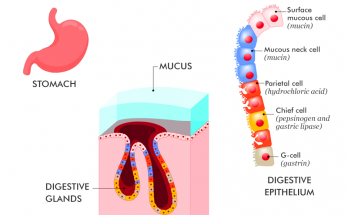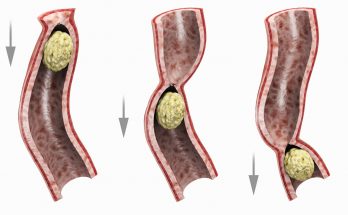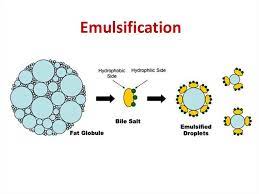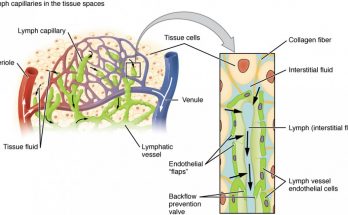
Name the factors affecting Photosynthesis
Photosynthesis is influenced by various factors. Light intensity, temperature, carbon dioxide content and the availability of water are decisive factors. Sufficient light energy is crucial for the process, while an optimal temperature ensures enzyme activity. Sufficient carbon dioxide is necessary and water availability affects stomatal opening. Together, these factors affect the speed and efficiency of photosynthesis in plants.
Name the factors affecting Photosynthesis Read More



